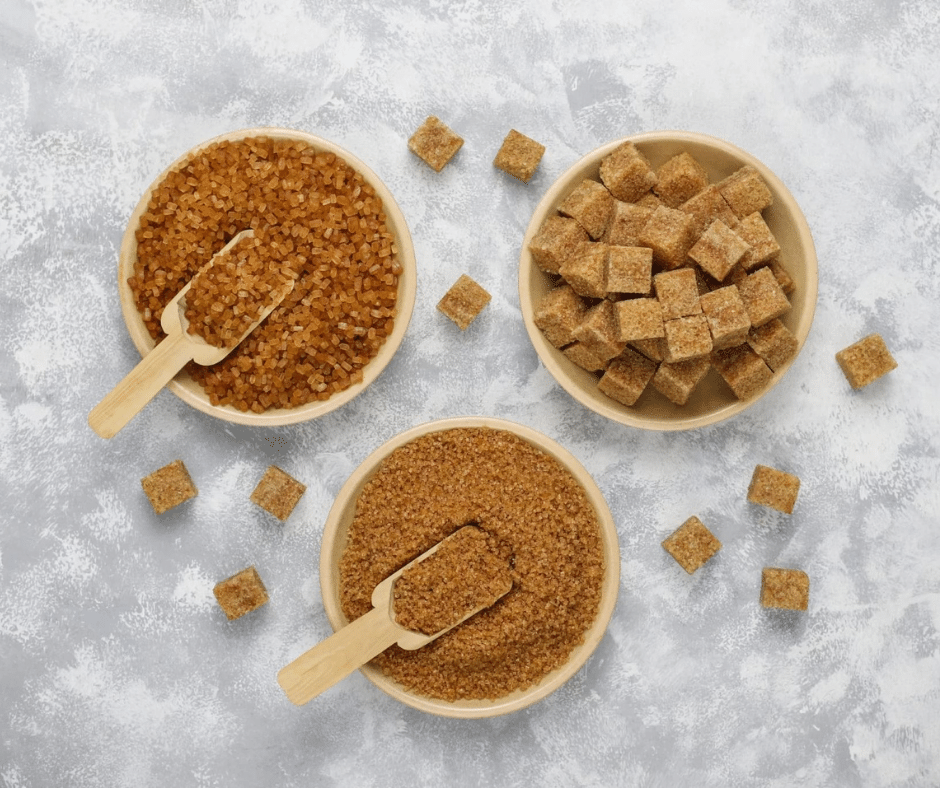
In this post, you will learn about jaggery, a sweetener that is gaining popularity as a “healthy” alternative to sugar. Jaggery is high in calcium, magnesium, iron, potassium, and phosphorus, with trace levels of zinc, copper, thiamin, riboflavin, and niacin thrown in for good measure.
It’s also known as a “superfood sweetener,” and it’s used in a variety of goods. Gur: Panela is from Colombia, Piloncillo is from Mexico, Tapa dulce is from Costa Rica, Namtan tanode is from Thailand, Gula Melaka is from Malaysia, and Kokuto is from Japan. Jaggery is an unprocessed sugar that is manufactured from sugar cane or palm leaves.
India produces a large portion of the world’s output. Jaggery is thought to aid in the immunological, hepatic, and digestive systems, as well as preventing anaemia. However, there is no credible evidence to back up these statements.

How Jaggery is Made
Jaggery is made using traditional methods of pressing and distilling palm or cane juice. This is a 3-step process:
• Extraction: The canes or palms are pressed to extract the sweet juice or sap.
• Clarification: The juice is allowed to stand in large containers so that any sediment settles to the bottom. It is then strained to produce a clear liquid.
• Concentration: The juice is placed in a very large, flat-bottomed pan and boiled.
Now if we talk about its appearance the color can range from light golden to dark brown. This is important since the color and texture are used to grade the jaggery. Interestingly, Indians value lighter shades more than darker ones. This lighter, “good quality” jaggery generally contains more than 70% sucrose. It also contains less than 10% isolated glucose and fructose, with 5% as minerals. It is most often sold as a solid block of sugar, but it’s also produced in liquid and granulated forms.
What Can Jaggery Be Used For?
Jaggery, like sugar, is a versatile ingredient. It can be grated or broken up and used as a refined sugar substitute in any meal or beverage. It’s commonly used with coconuts, peanuts, and condensed milk to make traditional Indian treats and candies. Jaggery cake and chakkara Pongal, a rice and milk delicacy are two examples. It’s also used to manufacture traditional alcoholic beverages like palm wine, as well as for non-food reasons like fabric dyeing.
In the Western world, this sweetener is often used as a sugar substitute in baking. It can also be used to sweeten drinks like tea and coffee.
